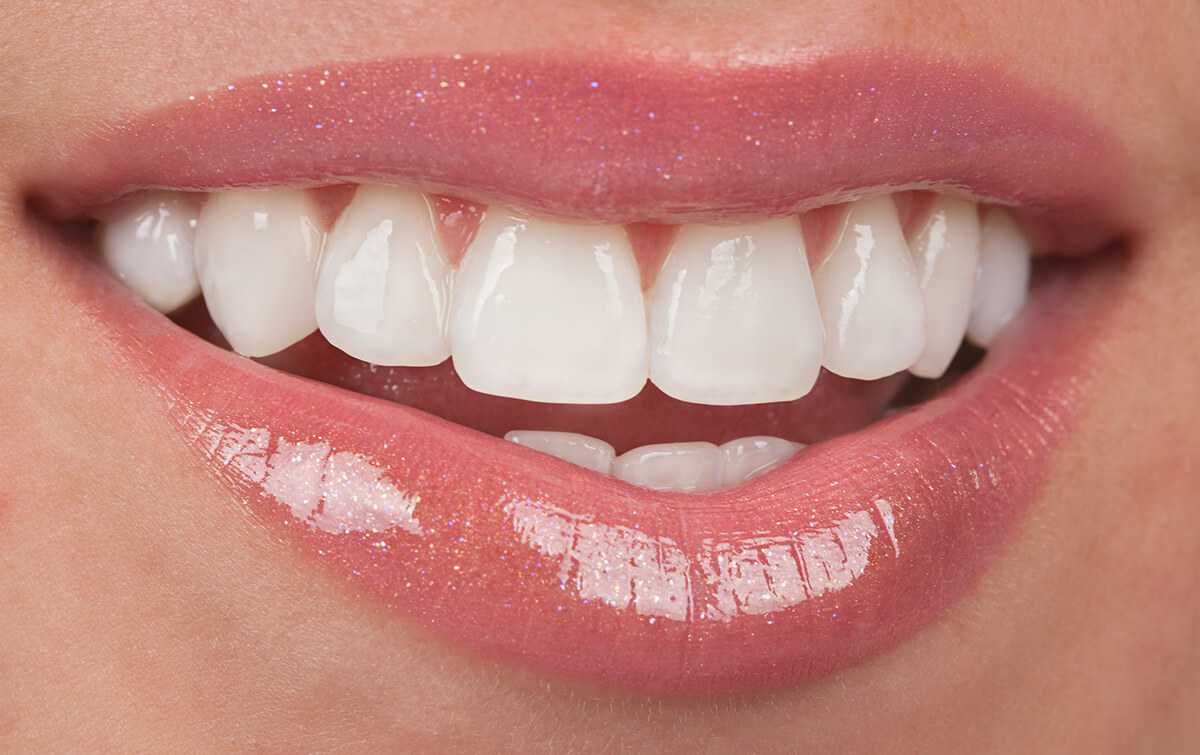Zirconium Dental Veneers
Zirconium is a white alloy applied instead of gray metal, which is the infrastructure of classical porcelain bridges and prostheses made by individuals due to the lack of teeth in their mouths. Among the main reasons for the use of zirconium other than aesthetic purposes,
• Treatment of advanced color changes that cannot be achieved with bleaching methods,
• Restoration of teeth with excessive substance loss,
• Bridge or veneer to the teeth in the back,
• Implant prosthetic coating on anterior teeth,
• Providing smile esthetics.
Apart from these, Zirconium is used in broken, crooked, turned teeth and old fillings whose structure has deteriorated due to long-term use. Since zirconium has a slightly permeable structure, an appearance suitable for the natural structure of the teeth is obtained. As it is known, the enamel of healthy teeth has a structure that allows light to pass completely. Zirconium veneers provide a more lively and radiant appearance, in contrast to the lifeless and artificial appearance created by the metal, which is the substructure of the classical porcelain veneer.
Zirconium is a white alloy applied instead of gray metal, which is the infrastructure of classical porcelain bridges and prostheses made by individuals due to the lack of teeth in their mouths. Among the main reasons for the use of zirconium other than aesthetic purposes,
• Treatment of advanced color changes that cannot be achieved with bleaching methods,
• Restoration of teeth with excessive substance loss,
• Bridge or veneer to the teeth in the back,
• Implant prosthetic coating on anterior teeth,
• Providing smile esthetics.
Apart from these, Zirconium is used in broken, crooked, turned teeth and old fillings whose structure has deteriorated due to long-term use. Since zirconium has a slightly permeable structure, an appearance suitable for the natural structure of the teeth is obtained. As it is known, the enamel of healthy teeth has a structure that allows light to pass completely. Zirconium veneers provide a more lively and radiant appearance, in contrast to the lifeless and artificial appearance created by the metal, which is the substructure of the classical porcelain veneer.


